I am trying to figure out how to obtain/plot confidence bounds for nls objects in R.
For example here is a nls model
bstick.lm.mean <- nls(TCTmean ~ cbind("intercept" = 1,
"l2Flow" = l2Flow,
"l2FlowBr" = ifelse(l2Flow > Br,
l2Flow - Br, 0)),
start = list(Br = 6),
algorithm = "plinear",
data = flow.new.sum.dat)
So bstick.lm.mean is a nls class object.
new.seq4 = seq(min(flow.new.sum.dat$l2Flow), max(flow.new.sum.dat$l2Flow), length = 200)
new.seq4 = data.frame(new.seq4)
names(new.seq4) = 'l2Flow'
pz = predict(bstick.lm.mean, newdata = new.seq4,
interval = 'confidence', se.fit = TRUE, level = 0.95)
test.frame2 = data.frame(new.seq4,pz)
ggplot(data = test.frame2)+
geom_point(mapping = aes(x = l2Flow, y = pz),
shape = 1, col = 'red') +
geom_point(data = test.frame,
aes(x = l2Flow, y = TCTmean),
shape = 0) +
theme(panel.grid.minor = element_blank(),
panel.background = element_blank(),
axis.line = element_line(colour = "black")) +
xlab("Log2 Flow (KL)") +
ylab("Mean Transformed Ct")
Produces the following plot:
My question is, how can I obtain confidence bands for this non linear plot? I am referring to the bands around the regression line.



